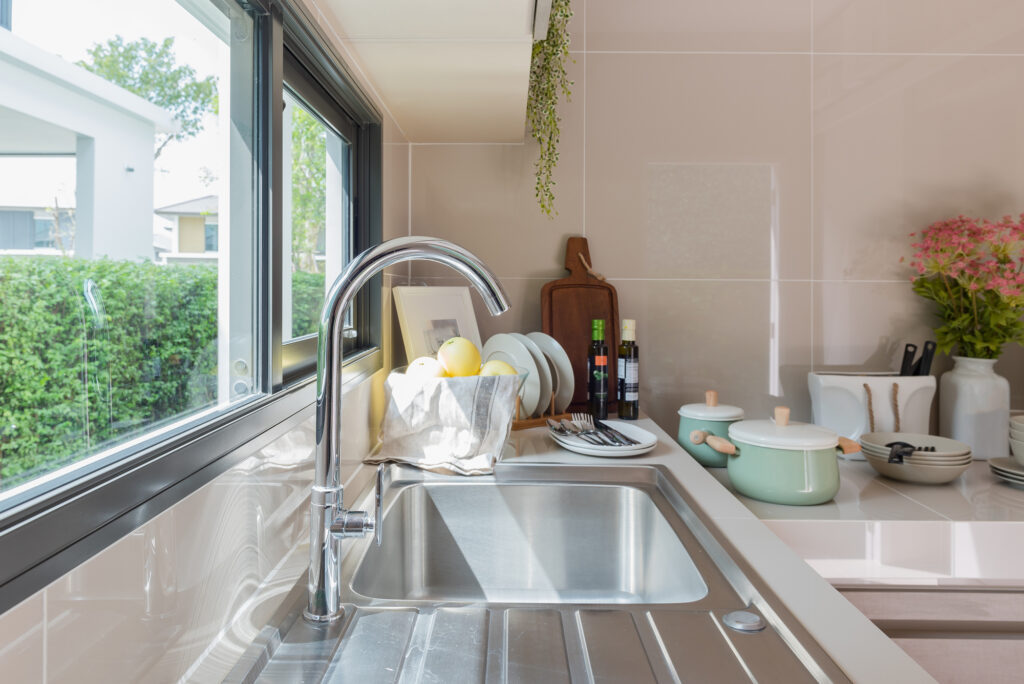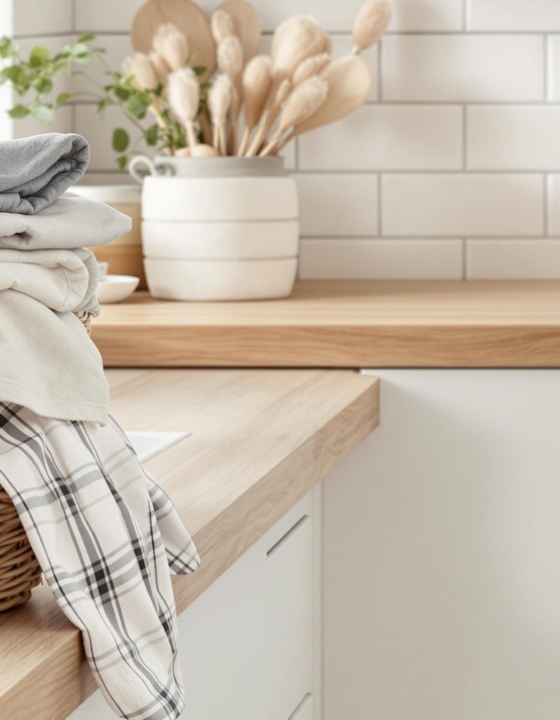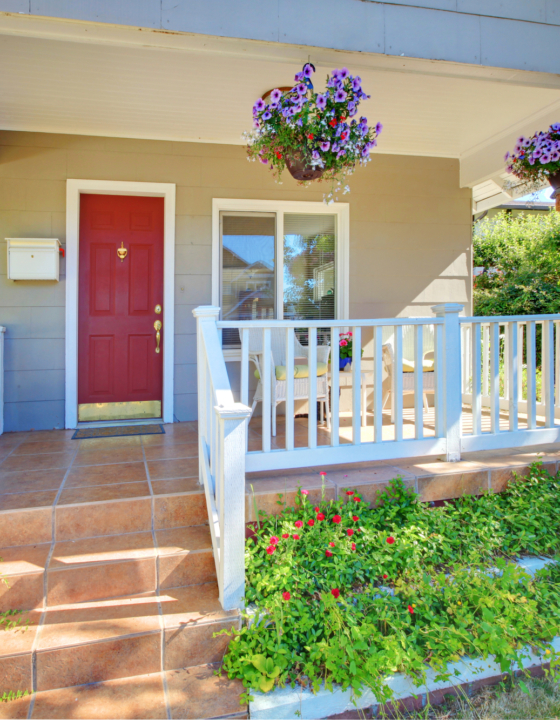In the evolving landscape of home improvement, the kitchen has become more than just a place for preparing meals. It’s the heart of the home—a multifunctional space that merges aesthetics with purpose. As homeowners demand more from their kitchens, designers are responding with inventive solutions that push boundaries without sacrificing functionality.

The Rise of Smart Kitchens
Smart technology has transformed how we interact with our living spaces, and nowhere is this more evident than in the kitchen. From voice-controlled lighting to intelligent appliances that learn user habits, automation is enhancing both convenience and energy efficiency.
Leading Smart Features:
- Wi-Fi-enabled ovens with recipe syncing
- Voice-activated faucets and lighting
- Refrigerator inventory tracking via internal cameras
- Motion-sensor trash compartments
These integrations allow for seamless multitasking, ideal for busy households looking to optimize daily routines.
Embracing Minimalism Through Integrated Design
Modern kitchens are shedding visual clutter in favor of sleek, cohesive aesthetics. Integration is key—appliances are hidden behind panel-ready cabinetry, and storage is designed to be invisible.
This approach emphasizes:
- Handleless cabinet doors
- Concealed range hoods and pop-up outlets
- Continuous countertop materials flowing into backsplashes
- Open shelving used sparingly and purposefully
The result is a calming, unified space that allows architectural elements and materials to take center stage.
Texture and Contrast Over Color Saturation
While bold colors once defined contemporary kitchens, current trends favor neutral palettes enriched by varied textures and layered materials. Matte black fixtures, reeded wood cabinetry, and honed stone finishes are adding depth without overwhelming the eye.
Popular combinations include:
- Soft oak with brushed brass
- Concrete countertops paired with smooth white cabinets
- Fluted glass inserts contrasting with matte lacquer finishes
This shift enhances visual interest without resorting to busy patterns or jarring colors.
Zones Replace the Traditional Kitchen Triangle
The classic work triangle is no longer the gold standard. Today’s kitchens are embracing “zoning,” where the space is divided into purpose-driven areas: prep, cook, clean, and serve. This layout is especially useful in open-concept homes or multi-user environments.
Examples of functional zoning:
- A beverage station with fridge drawers and a built-in espresso machine
- Dedicated baking counters with marble surfaces and specialty storage
- Drop zones near entry points for keys, bags, and mail
Zoning promotes efficiency and supports modern lifestyles where multiple people often use the kitchen simultaneously.
Sustainability at the Core of Every Decision
Eco-conscious choices are becoming a priority in kitchen design. Consumers are demanding more transparency in the materials they bring into their homes. Designers are responding with options that balance sustainability, performance, and beauty.
Sustainable choices gaining traction:
- Reclaimed wood cabinetry and shelving
- VOC-free paints and adhesives
- Recycled glass or composite countertops
- Energy Star-rated appliances
As sustainability becomes mainstream, kitchens are evolving into models of environmental responsibility and wellness.
Lighting as a Central Design Element
Lighting has moved from a supporting role to a central design feature. Beyond basic illumination, lighting is now used to sculpt and highlight the kitchen’s architecture, materials, and layout.
Trending Lighting Applications:
- Layered lighting schemes (ambient, task, accent)
- Under-cabinet LEDs with adjustable color temperature
- Statement pendants above islands and dining nooks
- Recessed lighting integrated into open shelving
Thoughtful lighting plans enhance functionality and bring the overall design concept to life.
Working Within Existing Layouts, Creatively
Not every remodel involves structural changes. In many cases, reimagining a kitchen within its current footprint yields impressive results when executed with vision. Designers are leveraging every square foot to maximize efficiency and aesthetics.
One standout project shows how a dated kitchen was modernized without moving walls or replacing the flooring. Strategic appliance repositioning, upgraded finishes, and streamlined storage delivered a high-end feel while maintaining the original layout. Read the full transformation here.
Conclusion
Today’s kitchen is no longer confined to tradition. Through a combination of technology, design innovation, and sustainability, it is evolving into a hub for living, working, and gathering. Whether you’re planning a complete overhaul or a subtle refresh, aligning with modern trends ensures your space remains timeless and functional. A future-ready kitchen doesn’t just meet your needs—it elevates your lifestyle.











What do you think?